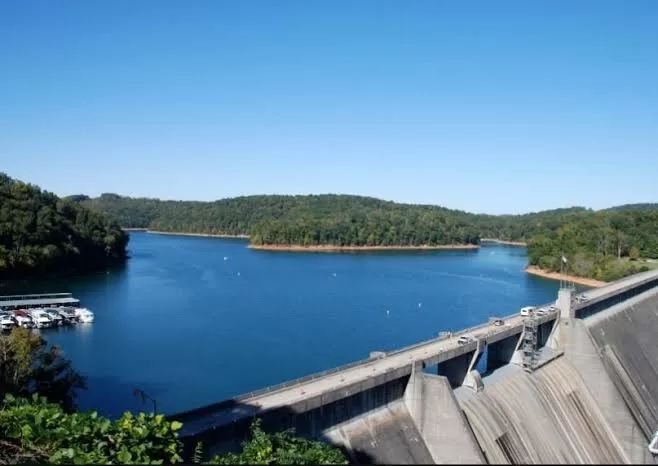In what is termed to be a major step toward regional integration, climate resilience, and food security, Kenya and Uganda have officially launched the implementation phase of the Angololo Water Resources Development Project (AWRDP). This is a transformative cross-border initiative that is set to be beneficial to over 300,000 residents in the Sio-Malaba-Malakisi (SMM) River Sub-basin.
The ceremonial launch of the project was held in Busia County. Kenya’s Cabinet Secretary for Water, Sanitation, and Irrigation Eng. Eric Mugaa and Principal Secretary Julius Korir joined Uganda’s State Minister for Environment, Beatrice Atim Anywar to kick off the project officially. Also present was the Deputy Governor of Busia County Arthur Odera.
Angololo Water Resources Development Project (AWRDP) Factsheet
Total estimated cost: USD 137 million (approximately Sh17 billion).
Funding sources: African Development Bank (AfDB) and the NEPAD Infrastructure Project Preparation Facility (NEPAD-IPPF).
Implementing partners: Governments of Kenya and Uganda, Nile Basin Initiative (NBI) through the Nile Equatorial Lakes Subsidiary Action Program (NELSAP), with technical oversight from NELSAP.
Significance:
- Economic growth: Intensify economic activities, including agro-processing and aquaculture.
- Job creation: Create employment opportunities in construction, agriculture, aquaculture, and related services, particularly targeting youth.
Project status and timeline:
Conceptualization: 2010
Pre-feasibility studies: Completed in 2010 with support from the Royal Governments of Sweden and Norway.
Feasibility studies, detailed Designs, Environmental and Social Impact Assessment (ESIA), and Resettlement Action Plan (RAP): Conducted between 2020 and 2022.
Bilateral agreement signing: Officially signed on April 17, 2025, marking the launch of the implementation phase.
Operation phase expected to start: 2030.
Also read: Angololo Multipurpose Water Resources Development Project (AWDP)
Project is in Line with Government’s Agenda
Furthermore, the project is in line with President William Ruto and Deputy President Kithure Kindiki’s Bottom- Up Economic Transformation Agenda (BETA). It emphasizes rural development via modern irrigation to enhance food production and households earnings.
As part of this agenda, the Kenyan government recently launched the National Irrigation Sector Investment Plan (NISIP). This is a bold 10-year roadmap aimed at revolutionizing irrigation, boosting agricultural productivity, and attracting private investment in the water sector.
According to CS Mugaa, “This investment plan offers the fastest and most cost-effective pathway for Kenya to achieve its agricultural water development and food security goals. It supplements our national development frameworks. This includes Vision 2030, the 2017 National Irrigation Policy, and BETA.”
Identified in the year 2010 by the governments of Kenya and Uganda, the Angololo Water Resources Development Project is now entering its construction phase.
Funding of the Project
The funding is from the African Development Bank (AfDB) and the NEPAD Infrastructure Project Preparation Facility (NEPAD-IPPF). The project is being implemented under the Nile Equatorial Lakes Subsidiary Action Program (NELSAP) of the Nile Basin Initiative (NBI).
Also read: Thwake Multi-purpose Dam project timeline and all you need to know
The goal of the project is to modernize agriculture, improve energy access, promote environmental sustainability, and enhance food security in the region.
Key Project Components
- A 40-meter-high composite dam that has a storage capacity of 31.6 million cubic meters
- A 1.3 MW hydropower plant. There are also future plans to install 20 MW floating solar pontoons
- A 4,000-hectare irrigation scheme that will enable year-round food production
- A domestic and livestock water supply systembthat will serve more than 270,000 people
- Restoration of 30% of the 447 km² upstream watershed so as to improve catchment health
- A fisheries and aquaculture program that will boost local food security and livelihoods for locals
- Flood control infrastructure that would protect homes and farmlands downstream
Also read:Ksh 900 Million Malaba Water Project Nears Completion

